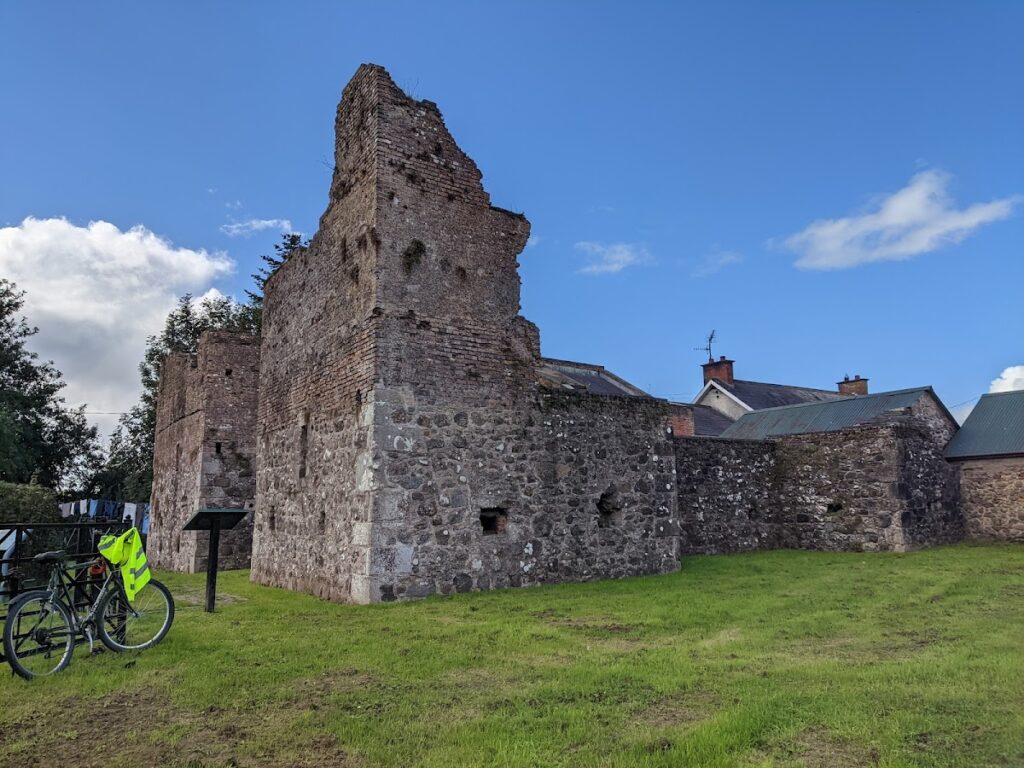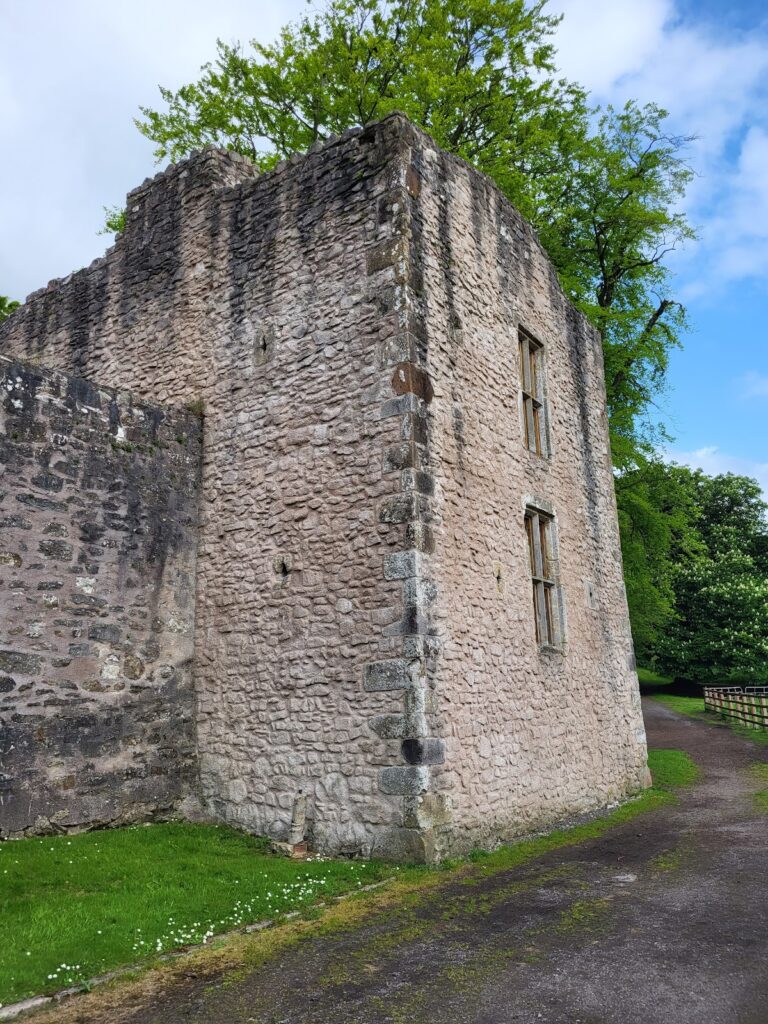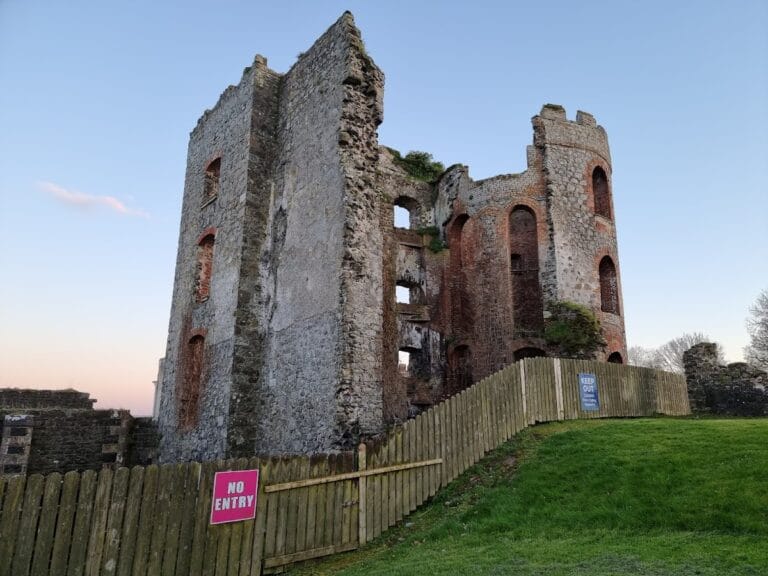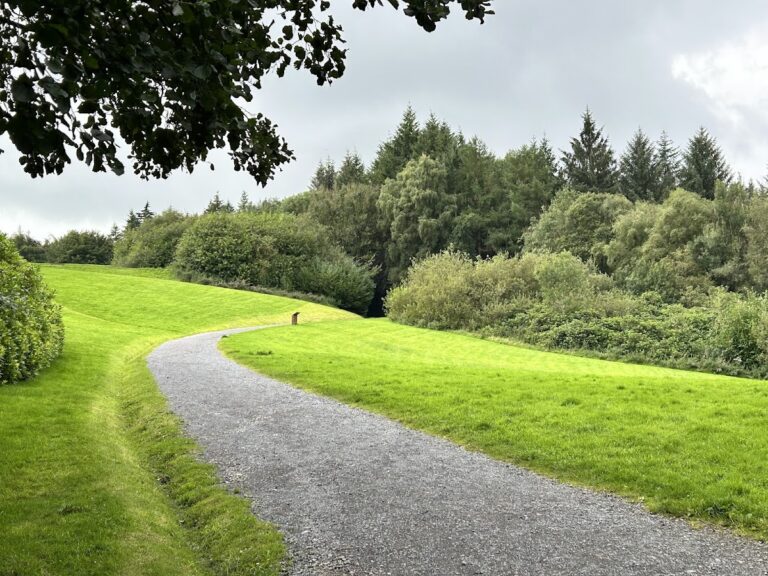Mountjoy Castle: A 17th-Century English Fortification in Northern Ireland
Visitor Information
Google Rating: 3.8
Popularity: Very Low
Google Maps: View on Google Maps
Official Website: www.communities-ni.gov.uk
Country: United Kingdom
Civilization: Unclassified
Remains: Military
History
Mountjoy Castle is situated near the village of Brockagh within the municipality of Dungannon in Northern Ireland. It was built by English forces during the early 17th century as part of the Crown’s efforts to establish control over Ulster.
The castle was erected in 1602 by Charles Blount, known as Lord Mountjoy, who held the titles of 1st Earl of Devonshire and 8th Baron Mountjoy. Constructed on land traditionally held by the O’Neill clan, leaders who had long resisted English authority, the fortress was intended as a strategic stronghold. Positioned on a hill overlooking Lough Neagh, Ireland’s largest lake, it played a crucial role as an English military base aimed at countering the influence of Hugh O’Neill and other Irish chieftains embroiled in regional conflicts.
Throughout the mid-17th century, Mountjoy Castle became a contested site amid the Irish Rebellion of 1641. It was seized by forces loyal to Turlough O’Neill, an Irish leader active in the uprising. The castle witnessed repeated attacks during the years 1641, 1643, and 1645, with significant damage occurring, including a partial burning in 1643. Following the suppression of the rebellion, the English Parliament ordered the castle’s destruction in 1648 to prevent its reuse by opposing forces.
Several decades later, in 1690, King William III, engaged in military campaigns during the Williamite-Jacobite wars in Ireland, utilized Mountjoy Castle as a base for his army. After this period, the fortress ceased to function as an active military site and has since remained in a ruined condition. Today, it is preserved as a protected historic monument under the care of local authorities.
Remains
Mountjoy Castle presents a two-story defensive structure built primarily from red brick, a material sourced locally from the Coleraine region. The base of the building is faced externally with rough-cut stone, providing a solid foundation and additional protection. Its design centers on a rectangular main block, which is fortified by four corner towers. These towers feature spear-like shapes and contain gun loops—small openings used historically for firing weapons while offering protection to the defenders.
The castle’s defensive walls include curtain walls linking the towers, with the original principal entrance located on the south side of the eastern wall. Not all parts of the structure have survived intact; the northwestern tower and sections of the western curtain wall have suffered collapse and are in partial ruins today. Wide windows on the first-floor level indicate that this upper floor was designed to admit plentiful natural light, hinting at a degree of comfort within the fortified interior spaces.
Originally, Mountjoy Castle was encircled by an earthen rampart, an embankment built up of soil to enhance its defenses. This enclosed area was capable of sheltering a sizable garrison — accommodating around 1,000 soldiers and 100 horses — which underscores the stronghold’s military purpose. Its location atop a hill allowed commanding views over Lough Neagh, an important strategic feature during the conflicts of the 17th century. Presently, the remains stand as an evocative ruin, maintaining the castle’s footprint and many of its characteristic elements.







